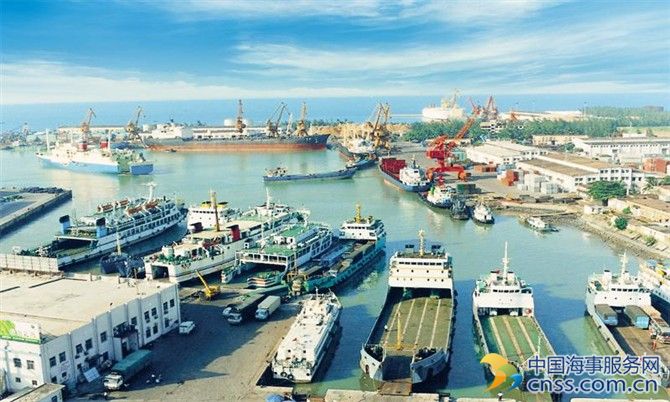OPEC output cuts boost appeal of light crude, but market yet to respond: Russell

One of the consequences of the cuts to crude oil supply by OPEC and its allies has been the sharp narrowing of the premium that light crude commands over heavier grades.
In theory, this should result in increased flows of light crude to Asia, with refiners substituting gasoline-rich grades for the heavier crudes typically more popular in the region.
But there are as yet few signs that this is happening, most likely because many Atlantic basin producers of light crude are unable to pump more, and because Asian refiners are still enjoying strong margins on products despite price increases for the heavier oils.
The Brent-Dubai exchange for swaps, which tracks the difference between Brent, global benchmark for light crude, and Dubai, main price marker for heavier oil in the Middle East, dropped to its narrowest in 15 months last week.
The premium of Brent over Dubai fell to $1.65 a barrel on Jan. 13, recovering slightly to end at $1.71 on Wednesday this week. This is well below the $4.65 a barrel that prevailed around this time last year.
The spread in fact has been on a narrowing trend since January 2016, but the pace has accelerated since early September, when the market started to anticipate that OPEC and its allies may actually deliver on long-discussed output cuts.
An agreement was reached at end-November for OPEC to take about 1.2 million barrels per day (bpd) from the market, with non-OPEC allies such as Russia pledging a further 600,000-bpd reduction.
The Brent-Dubai spread dropped from $2.60 a barrel on Dec. 2 to the low last week, a decline of 36.5 percent as the price for heavier crudes gained more relative to lighter grades.
This is largely because much of the crude that will be removed from the market is heavy oil, with the bulk of OPEC’s cuts being shouldered by Saudi Arabia and other Gulf producers.
In effect, the output cuts by the Gulf producers have mainly acted to give a bigger boost to the prices for the type of oil they predominantly produce, at the expense of lighter grades.
Brent crude futures closed on Wednesday at $53.92 a barrel, up 16.2 percent since Nov. 29, the day before the OPEC meeting in which the output cuts were agreed.
Over the same time frame, Oman futures traded on the Dubai Mercantile Exchange have gained 19.1 percent, ending at $52.30 a barrel on Wednesday.
MARKET YET TO RESPOND
In theory, the stronger prices for heavier crude should boost demand for the now, relatively cheaper lighter grades.
Anecdotal evidence so far from traders suggests that Asian refiners are yet to consider switching to lighter grades in any meaningful volumes, partly because of supply problems from producers such as Angola, Nigeria and Libya.
This is largely backed by data compiled by Thomson Reuters Supply Chain and Commodity Forecasts showing that Asian imports from the Middle East have remained robust in recent months.
In January, forecast imports from the Middle East will account for 65.4 percent of Asia’s total, lower than the 67.2 percent in October, but above the 63.7 percent in December.
Over the past 11 months, the Middle East’s share of Asian crude imports has averaged 65.9 percent, meaning there has only been a slight reduction since the OPEC cuts took effect.
Africa’s share of Asian imports is forecast at 11.8 percent in January, higher than the 10.75 percent of the last 11 months, but still within the overall range of between 10 and 12 percent.
It appears that to this point producers of light crude and refiners haven’t taken advantage of the shift in pricing of the various crude grades.
The question is whether this is likely to persist.
If Asian refiners decide to stick with buying their usual amounts of heavier crudes, then it’s likely that the premium of Brent to Dubai will continue to narrow.
If the refiners see an opportunity to use more light crude and trim purchases of heavier grades, the spread will widen, which could force some juggling among the producers shouldering the majority of output cuts by OPEC and its allies.
China’s imports of Angolan crude provide a hint of what may happen, as they tend to rise in the months after a narrowing of the Brent-Dubai spread and decline when the difference widens.
The Brent-Dubai spread reached more than $7 a barrel in September 2013, and Chinese imports from Angola went from 3.98 million tonnes that month to 2.16 million by November of that year.
In contrast, when the Brent-Dubai spread dropped to just 61 cents a barrel in July 2015, Chinese imports from Angola went from 2.87 million tonnes in September that year to 4.78 million by February 2016.
This isn’t suggesting that the Brent-Dubai spread is the sole, or even the main driver of Chinese oil imports from Angola. But it does seem the case that when lighter grades become cheaper relative to heavier crude, Chinese refiners do respond by buying more light oil.
If the current trend of a narrowing premium of light over heavy crude continues, it’s likely only a matter of time before Asian refiners take higher volumes of lighter oil.
Source: Reuters (Editing by Tom Hogue)
HEADLINES
- Do shipping markets want Biden or Trump for the win?
- All 18 crew safe after fire on Japanese-owned tanker off Singapore
- Singapore launching $44m co-investment initiative for maritime tech start-ups
- Cosco debuts Global Shipping Industry Chain Cooperation Initiative
- US warns of more shipping sanctions
- China continues seaport consolidation as Dalian offer goes unconditional